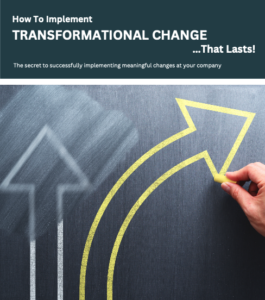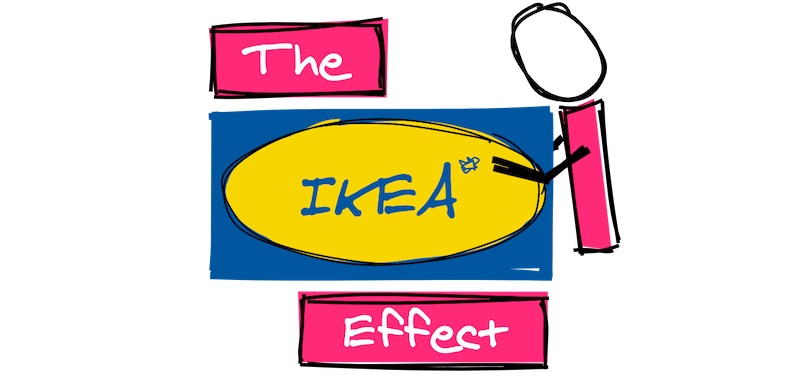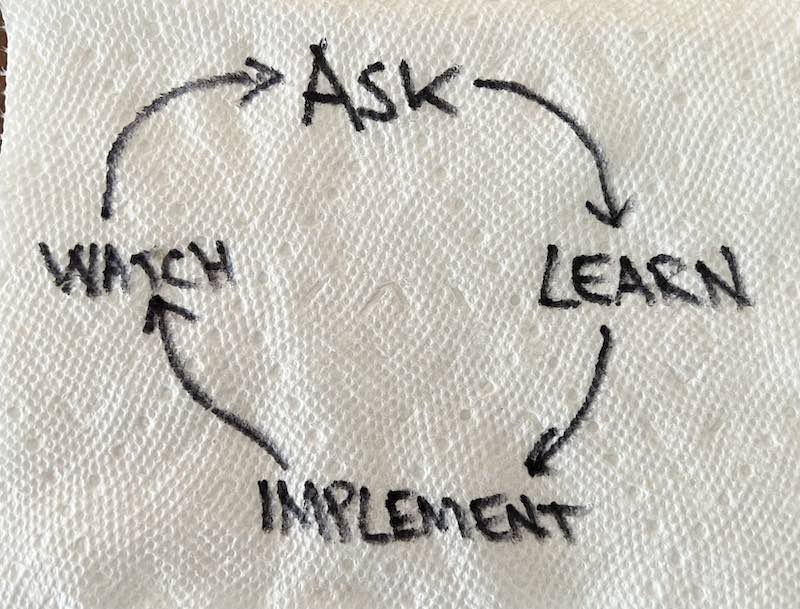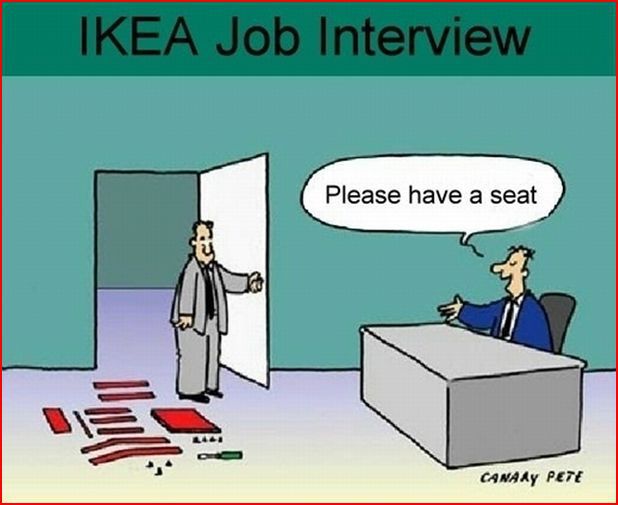Sponsored by… well, me.

Every company encounters moments where transformational change is needed. I help them succeed.
I am giving away my super-secret guide for guaranteed success with transformational change. It’s called:
“How to Implement Transformational Change… That Lasts“
Picture if you will, a piece of IKEA furniture.
Michael Norton did that in 2011. In fact, he not only pictured the furniture, he did an entire experiment around it.
The experiment was fairly simple: he showed people a piece of IKEA furniture and they had to guess how much it cost.
But, of course, there was a catch.[Editor’s note: isn’t there always]
Though half of Michael’s subjects simply had to guess the price, the other half each had to assemble the unit themselves. Once they got it built, in all its oddly rewarding frustration, they then had to guess the price.
What he discovered was that the people who assembled the unit themselves placed a higher value on the product than those that didn’t assemble it.
And that, my friend, is now known as the IKEA Effect.

The Power of Empower-ing
The implications of the IKEA effect are important to understand, regardless of your current career – or your feelings about IKEA.
This is the takeaway:
When you participate in the building process, you place greater value on the results.
Why is this important? Well, it’s the entire premise for the success of companies like Color Me Mine and Build-A-Bear. It’s also one of the reasons why Habitat For Humanity is so insanely popular.
People place a high value on being part of the building process.
Even if there is nothing else good for you that comes out of IKEA, let this concept be of utmost importance.

Leadership that Empowers
Successful leaders understand that when they empower their team and involve them in the decision-making process, there is much greater pride and employee happiness.
This is the IKEA effect at work. When people are involved in constructing the outcome, they have a deeper commitment to its success.
If you want people to be more committed to the success of your product, business, or idea, empower them by including them in the decision-making processes.
Yes, it’s that easy. It’s called a feedback loop and it looks a lot like this:

I’ve built multi-million dollar companies around this premise. It works.
Ask people their opinion.
Learn from what they have to say.
Implement the relevant ideas.
Watch and measure the response.
Continue the loop.
The Power of Trust
At the heart of the IKEA Effect, in between all those annoying little wooden dowels, lays the notion of trust.
In order to truly empower people in the decision-making process, you must trust them.
Successful leaders trust their teams by creating an environment that embraces failure.
Embracing failure is a good thing. In fact, it’s the very reason you learned to walk – because your parents let you embrace your failure time and time again until you finally succeeded.
Embracing failure is the way people learn to make better decisions – because their leaders let them try new ideas and learn from their mistakes.

Involve Them In The Decisions
Regardless of your company, regardless of your title, it is critical to empower your team members by trusting them throughout the decision-making, goal-setting, and problem-solving processes.
Your job as a leader is to encourage collaboration, where everybody’s voice is heard and respected. In this way, you will foster a sense of ownership and accountability.
So next time you’re in a meeting or talking with one of your team members, take a glance over at the flimsy cardboard bookshelf in the corner with the odd screws and protruding dowels and remind yourself of the importance of the IKEA Effect.
Trust and empower your people.
The results will amaze you.
A Somewhat Relevant Quote
“Mistakes can often be as good a teacher as success.“
Jack Welch, former CEO of General Electric
Random News
Dog Years – The world’s oldest dog is still the world’s oldest dog
Dress Up – Gucci’s huge ego is reincarnated in a 7-year-old
Traffic Mom – I’m not crying, you’re crying
Stress Test – Check out the most stress-inducing cities in the US
